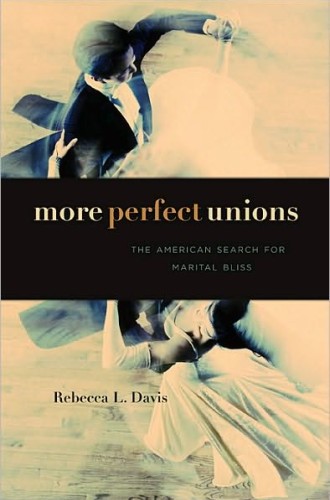A review of More Perfect Unions
Some years ago, as the pastor of an inner-city, blue-collar congregation, I noted that whenever a couple in our congregation was reputed to be having marital trouble, the most frequent question was, "Have they had counseling?"
If the answer was yes, then the usual response was, "Well, then maybe they ought to get a divorce." The implication? Counseling is the last, best hope for preserving a struggling marriage. I announced: "Our church is opposed to divorce—unless you've had counseling. Then it's OK."
Eighty years ago marital counseling was a brand new profession. Marital counselors and their clients have taught Americans to believe that marital bliss is an attainable and worthy goal that all can reach—if we avail ourselves of the services of a member of the now 24,000-member American Association for Marriage and Family Therapy or one of the many thousands more licensed marriage, family, sex and divorce therapists. Today millions of married couples and 40 percent of all engaged couples receive counseling.





